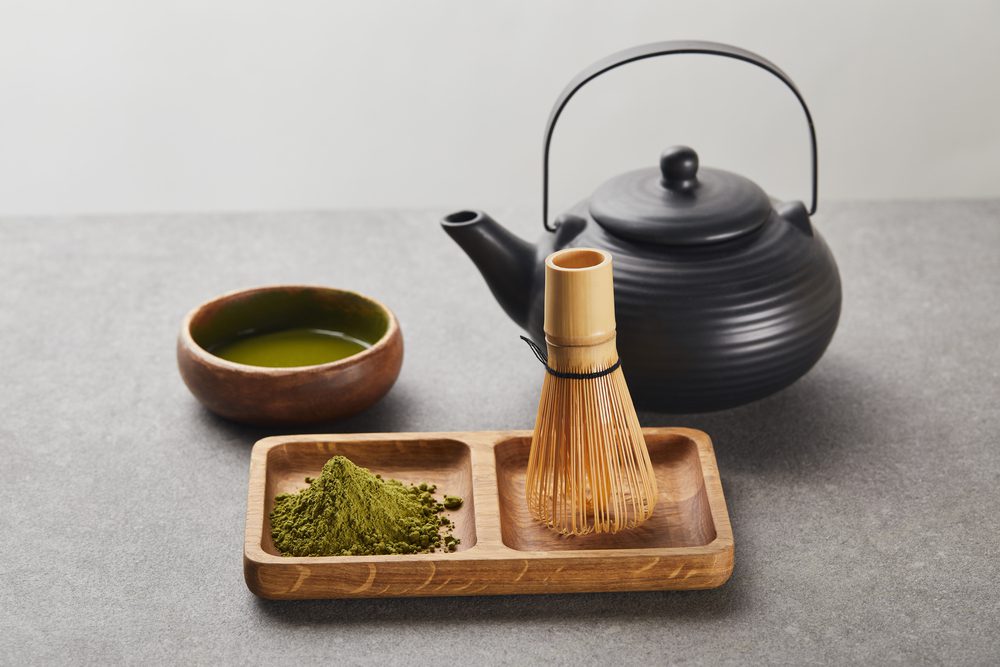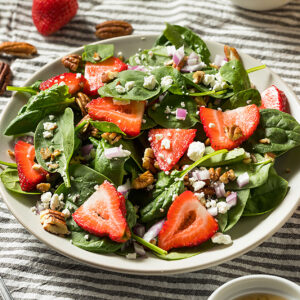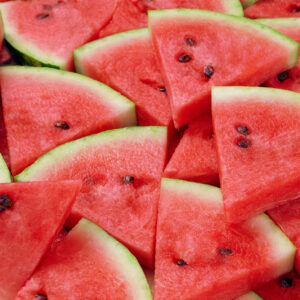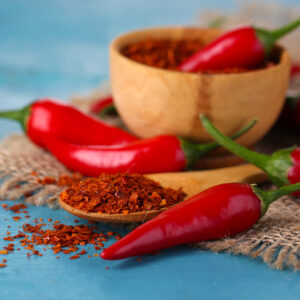Everything You Need to Know About Green Tea Matcha Powder
Matcha has been a hot topic for several years as health nuts influence bougie LA coffee shops to adopt more natural wellness lattes on their traditional menus. Nowadays, you may see Matcha as an ingredient in lattes, cookies, cocktails, or even skincare products. While it may be on the rise in Western society, Eastern culture demonstrates that Matcha green tea has been a healing powder incorporated into health regimens as far back as 8th century China.
What makes Matcha green tea different from green tea leaves is how it is grown, harvested, and served. Not only that, but the properties and benefits of Matcha green tea and regular green tea are diverse and beneficial in different ways. Both, however, derive from the same plant–Camellia sinensis.
In comparison with regular green tea, the process of producing Matcha is much more of an ordeal for farmers. Farmers use the labor-intensive method of tarping and shading to cover up the tea plants for up to one month before they are harvested, to avoid direct sunlight and produce a rich, slightly bitter flavor. Steering clear of the sun’s intense UV rays increases chlorophyll’s production, resulting in an amino acid boost and a defined rich green hue. Once harvested, the stems and veins are removed from the leaves, which are then ground up into a fine powder using a stone. That’s right, the entire leaf is involved and consumed, so when adding Matcha powder to hot water, you’ll find more caffeine and antioxidants than you would by merely steeping green tea leaves.
Benefits of Matcha
The benefits of Matcha are boundless–so long as you purchase the right product. Be skeptical of store-bought Matcha mixes as they tend to come with added sugar, artificial flavors, and other additives that dilute the herbal tea from its nutrients and are frankly unhealthy. If you want to ensure you’re getting the good stuff, opt for clean, organic brands that don’t use pesticides or artificial sweeteners. Keep on the lookout for ceremonial grade Matcha and Matcha that is very smooth and finely ground–the fake stuff is typically coarser. Always do your homework and read the labels–there should only be one ingredient listed–Camellia sinensis or matcha green tea leaves!
Aside from being a natural antioxidant and superfood, Matcha green tea is also known to help stabilize harmful free radicals in the body. The powder contains many health-promoting compounds that provide a boost in overall brain function, enhance memory and retention, and increase reaction time. There are studies that indicate it can protect your liver and heart health and prevent damage to the kidneys and liver. Matcha is known to improve cardiovascular health by preventing plaque build-up, thickening of heart tissue, and other heart-related ailments. Matcha might also aid in cancer prevention, regulate blood pressure, and reduce levels of total and bad LDL, according to several scientific studies.
But that’s not all! Matcha also offers an abundance of catechins–up to 137 times greater than other types of green tea. EGCG–one potent catechin in Matcha has anti-inflammatory properties and promotes cell repair. You can ingest Matcha or apply it topically to promote skin generation and treat skin conditions such as psoriasis, rosacea, and more. It’s a great addition to face masks, which you can DIY at home to achieve a healthy glow on the face and neck–or your whole body if you utilize a matcha-infused body wash.
Another substantial aspect of Matcha green tea–which you might already be aware of–is that it can assist in weight loss. Green tea extract is the leading property in many weight loss and fat burning supplements, as it is known to amplify weight reduction by increasing the speed of your metabolism. Matcha can also reduce lipogenesis and fat absorption through increased energy expenditure to boost fat burning. Start throwing a dash of powder into your breakfast–perhaps in a chia pudding or smoothie–for an easy way to jumpstart your metabolism.
Matcha is also a natural mood enhancer, and can give you that all-day energy whilst reducing stress levels. The powder contains a compound called L-theanine, which is known to alter the effects of caffeine, promote alertness, and prevent your energy levels from plummeting–a side effect you’ve likely experienced after a few cups of coffee.
Matcha Flavor Profile and Pairings 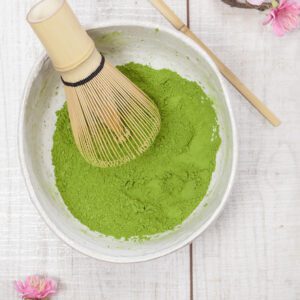
Now that you’ve learned about some of the countless benefits Matcha green tea has to offer, you’re probably eager to try it. Be aware that on its own, Matcha can be mildly bitter, especially if you use too large of a dose, so make sure that you are measuring it out correctly because it can be overpowering when paired with other blander ingredients. Matcha’s Asian roots grant a unique savory umami taste, and paired with a bit of natural sweetener makes for the perfect flavor combination.
Matcha green tea lattes are absolutely delicious. There are plenty of variations you can try to fit your specific preferences. Still, the most uncomplicated way to make Matcha is by using ½ or 1 teaspoon of Matcha per cup of hot water and whisking with a bamboo whisk in a small bowl or cup–though certain brands might have different instructions for usage. You’ll want to whisk away till there are no chunks, and then you can add other ingredients such as nut milk or oat milk for the perfect froth. It is highly recommended to get a wood or bamboo whisk, though any whisk will do. This ensures the consistency is even and that all the Matcha gets distributed to the liquid, so the flavor doesn’t taste too watered down.
You can put the whisked Matcha over ice and milk for an excellent cold and creamy beverage on a hot day. If you feel the flavor is too powerful, you can utilize a natural sweetener such as monk, agave, honey, maple syrup, or homemade vanilla syrup. The possibilities are endless!
Matcha Recipe Ideas
A straightforward and delicious recipe that delivers plenty of nutrients is Matcha oat flour pancakes. All you need are 2 eggs, a cup of oats–muddled or ground to a powder–a dash of salt, a teaspoon of maple syrup, and a teaspoon or two of Matcha. The pancakes pair nicely with raspberries, strawberries, blueberries, nuts, and a small amount of ghee or butter to give them that melt in your mouth texture.
If you’d like to reap the benefits of Matcha on the skin, we recommend you try your hand at a DIY matcha face mask. All you need is Matcha green tea powder and water and coconut oil, or aloe vera gel for extra soothing skin results. Apply to your face and sit for 15-30 minutes, then gently wash off. Ensure the viscosity isn’t too liquidy; otherwise, it won’t rest on your face. This Matcha exfoliating mask serves as a great detoxifier and also works to protect, nourish, and moisturize the skin.
Walk, don’t run to grab some delectable and nourishing Matcha powder today!

